Ectopic eruption of the first permanent molar occurs due to the abnormal mesioangular eruption path of the molar resulting in an impaction at the distal prominence of the primary second molar’s crown. It can be suspected if asymmetric eruption is observed or if the mesial marginal ridge is noted to be under the distal prominence of the second primary molar. Ectopic eruption can be diagnosed from bitewings or panoramic radiographs, Fig 1, 2. The prevalence of this condition is reported to be up to 0.75%1. The ectopic eruption is more common in cleft lip and palate patients1.
Ectopic eruption of permanent molars is classified into two types. There are those that self-correct or “jump” and others that remain impacted. In 66 percent of the cases, the molar jumps2. In most of these self-corrected cases, the condition goes unnoticed and is discovered later by evidence of resorption of the distal root of the second primary molar in routine radiographs. A permanent molar that presents with part of its occlusal surface clinically visible and part under the distal of the primary second molar normally does not jump and is the impacted type3. Non-treatment can result in early loss of the primary second molar and space loss, molar impaction, undetected caries and abscess formation1.
Aetiology
The aetiology of this condition is multifactorial, some of these factors might be:
- Alteration in the chronology of bone growth at the tuberosity region
- Small or posteriorly positioned maxilla.
- Larger second primary molars and first permanent molars.
- Unfavorable second primary molar crown morphology
- Abnormal eruption angle “mesial” of the first permanent molar
- Heredity
- Cleft lip and Palate
Figure 1: A panoramic radiograph showing ectopically erupted upper right and lower right first permanent molars.
Figure 2: A periapical radiograph showing ectopically erupted upper right first permanent molar.
Figure 3: A plastic orthodontic separator is placed to attempt to correct a mild ectopic eruption in the upper right first permanent molar.
Figure 4: An ectopically erupted first primary molar corrected by an open coil spring fixed orthodontic appliance.
Figure 5: Bilateral ectopic eruption of the upper first permanent molars treated by a sling shot type appliance.
Treatment considerations
Treatment depends on how severe the impaction appears clinically and radiographically. For mildly impacted first permanent molars, where little of the tooth is impacted under the primary second molar, elastic or metal orthodontic separators can be placed to wedge the permanent first molar distally4, Figure 3. For more severe impactions, distal tipping of the permanent molar is required. Tipping action can be accomplished with brass wires, removable appliances using springs, fixed appliances such as sectional wires with open coil springs, Figure 4, sling shot-type appliance3, Figure 5, a Halterman appliance5, Figure 6, or surgical uprighting6.
After the distal tipping of the permanent molar, attention should be given to the condition of the second primary molar. Distal root resorption might lead to early loss of the tooth. Close monitoring of the situation is necessary and the provision for space maintenance by means of an upper bilateral Nance appliance should be considered if the second primary molar is lost.
In instances where the distal tipping of the first permanent molar is not possible due to lack of patient’s cooperation or other limitations, the distal prominence of the second primary molar can be reduced to alleviate the problem. Some loss of space will occur in this situation. Full coverage by a stainless steel crown might be needed if the primary second molar is compromised.
References
- Chintakanon K, Boonpinon P. Ectopic eruption of the first permanent molars: Prevalence and etiology factors. Angle Orthod 1998;68(2):153-60.
- Young DH. Ectopic eruption of the first permanent molar. ASDC J Dent Child 1957;24:153-62.
- Gehm S, Crespi PV. Management of ectopic eruption ofpermanent molars. Compend Cont Educ Dent 1997;18(6):561-9.
- Warren JJ, Bishara SE, Steinbock KL, Yonezu T, Nowak AJ. Effects of oral habits’ duration on dental characteris-tics in the primary dentition. J Am Dent Assoc 2001;132(12):1685-93.
- Halterman CW. A simple technique for the treatment of ectopically erupting first permanent molars. J Am Dent Assoc 1982;105(6):1031-3.
- Terry BC, Hegtvedt AK. Self-stabilizing approach to surgical uplifting of the mandibular second molar. Oral Surg Oral Med Oral Pathol 1993;75(6):674-6.
Molar incisor hypomineralisation (MIH) is a relatively common dental defect that appears in first permanent molars and incisors and varies in clinical ...
Monitoring the developing dentition is part and parcel of a general dental practitioner’s (GDP) routine and this relies on the basic knowledge of tooth ...
Specialist Periodontist, Dr Jeremy Vo, explains how he has embraced AIR-FLOW® technology in the management of Peri-Implantitis
Occasionally during nonsurgical root canal therapy, an instrument will separate in a canal system, hindering cleaning and shaping procedures and blocking ...
GOTHENBURG, Sweden: In Sweden, free dental check-ups are provided for children and adolescents until they reach the age of 20. Whereas this means that much ...
DOHA, Qatar: Qatar University has marked a historic milestone with the graduation of the founding cohort from the College of Dental Medicine, the ...
Interview with Dr. Joachim Zech, Head of Research & Development of Dental Impression Materials, 3M Oral Care, Seefeld, Germany
SALÉ, Morocco: Concerns about the potential cytotoxicity and environmental impact of conventional root canal irrigants have prompted the exploration of ...
Divonne Les-Bains, France: Electro Medical Systems (EMS) presented the new Guided Biofilm Therapy (GBT) at the inaugural World Congress on Biofilm.
Since the recent launch of the Emirates Dental Hygienists’ Club in the UAE, it could not be a more appropriate time to discuss the growing role of the...
Live webinar
Wed. 14 January 2026
9:00 pm UAE (Dubai)
Dr. Théo Laplane, Dr. Robert Gottlander DDS
Live webinar
Fri. 16 January 2026
9:00 pm UAE (Dubai)
Live webinar
Mon. 19 January 2026
10:00 pm UAE (Dubai)
Philipp Kopp, Michael Seeber
Live webinar
Thu. 22 January 2026
6:00 pm UAE (Dubai)
Prof. Judith Jones D.D.S; M.P.H., Prof. Kakuhiro Fukai D.D.S., Ph.D, Dr. Bathsheba (Bethy) Turton
Live webinar
Thu. 22 January 2026
11:00 pm UAE (Dubai)
Dr. Nicola M. Grande DDS, PhD
Live webinar
Wed. 28 January 2026
5:00 pm UAE (Dubai)
Live webinar
Wed. 28 January 2026
8:00 pm UAE (Dubai)
Prof. Dr. Jan-Frederik Güth



 Austria / Österreich
Austria / Österreich
 Bosnia and Herzegovina / Босна и Херцеговина
Bosnia and Herzegovina / Босна и Херцеговина
 Bulgaria / България
Bulgaria / България
 Croatia / Hrvatska
Croatia / Hrvatska
 Czech Republic & Slovakia / Česká republika & Slovensko
Czech Republic & Slovakia / Česká republika & Slovensko
 France / France
France / France
 Germany / Deutschland
Germany / Deutschland
 Greece / ΕΛΛΑΔΑ
Greece / ΕΛΛΑΔΑ
 Hungary / Hungary
Hungary / Hungary
 Italy / Italia
Italy / Italia
 Netherlands / Nederland
Netherlands / Nederland
 Nordic / Nordic
Nordic / Nordic
 Poland / Polska
Poland / Polska
 Portugal / Portugal
Portugal / Portugal
 Romania & Moldova / România & Moldova
Romania & Moldova / România & Moldova
 Slovenia / Slovenija
Slovenia / Slovenija
 Serbia & Montenegro / Србија и Црна Гора
Serbia & Montenegro / Србија и Црна Гора
 Spain / España
Spain / España
 Switzerland / Schweiz
Switzerland / Schweiz
 Turkey / Türkiye
Turkey / Türkiye
 UK & Ireland / UK & Ireland
UK & Ireland / UK & Ireland
 International / International
International / International
 Brazil / Brasil
Brazil / Brasil
 Canada / Canada
Canada / Canada
 Latin America / Latinoamérica
Latin America / Latinoamérica
 USA / USA
USA / USA
 China / 中国
China / 中国
 India / भारत गणराज्य
India / भारत गणराज्य
 Pakistan / Pākistān
Pakistan / Pākistān
 Vietnam / Việt Nam
Vietnam / Việt Nam
 ASEAN / ASEAN
ASEAN / ASEAN
 Israel / מְדִינַת יִשְׂרָאֵל
Israel / מְדִינַת יִשְׂרָאֵל
 Algeria, Morocco & Tunisia / الجزائر والمغرب وتونس
Algeria, Morocco & Tunisia / الجزائر والمغرب وتونس




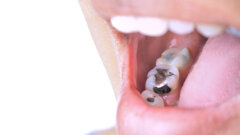

























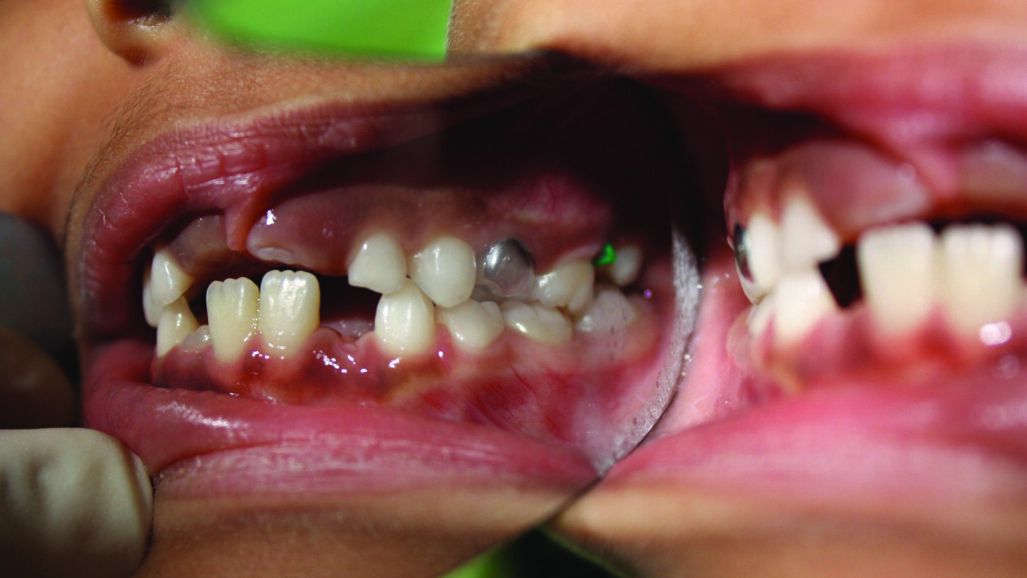



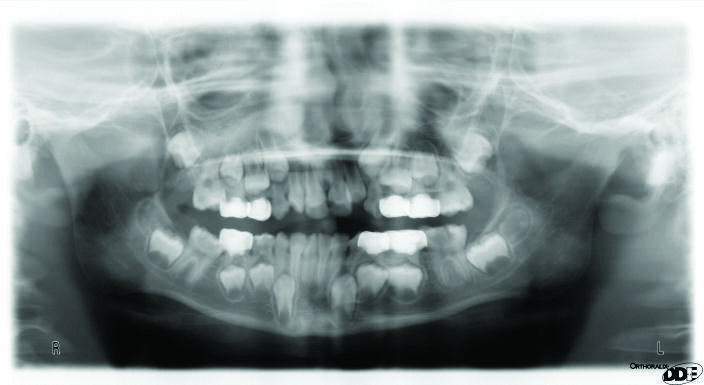
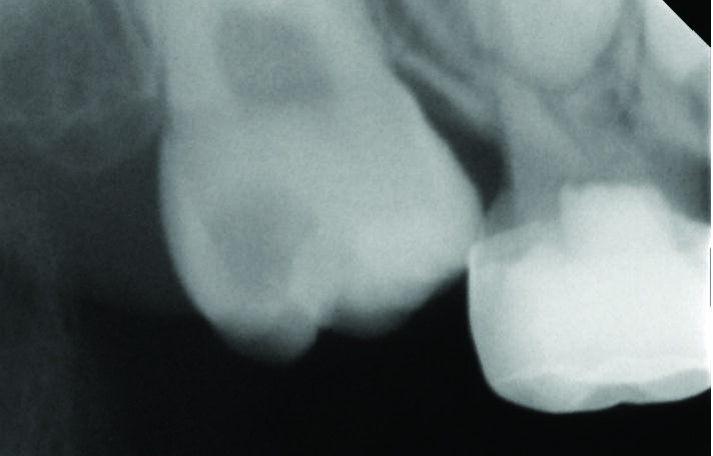

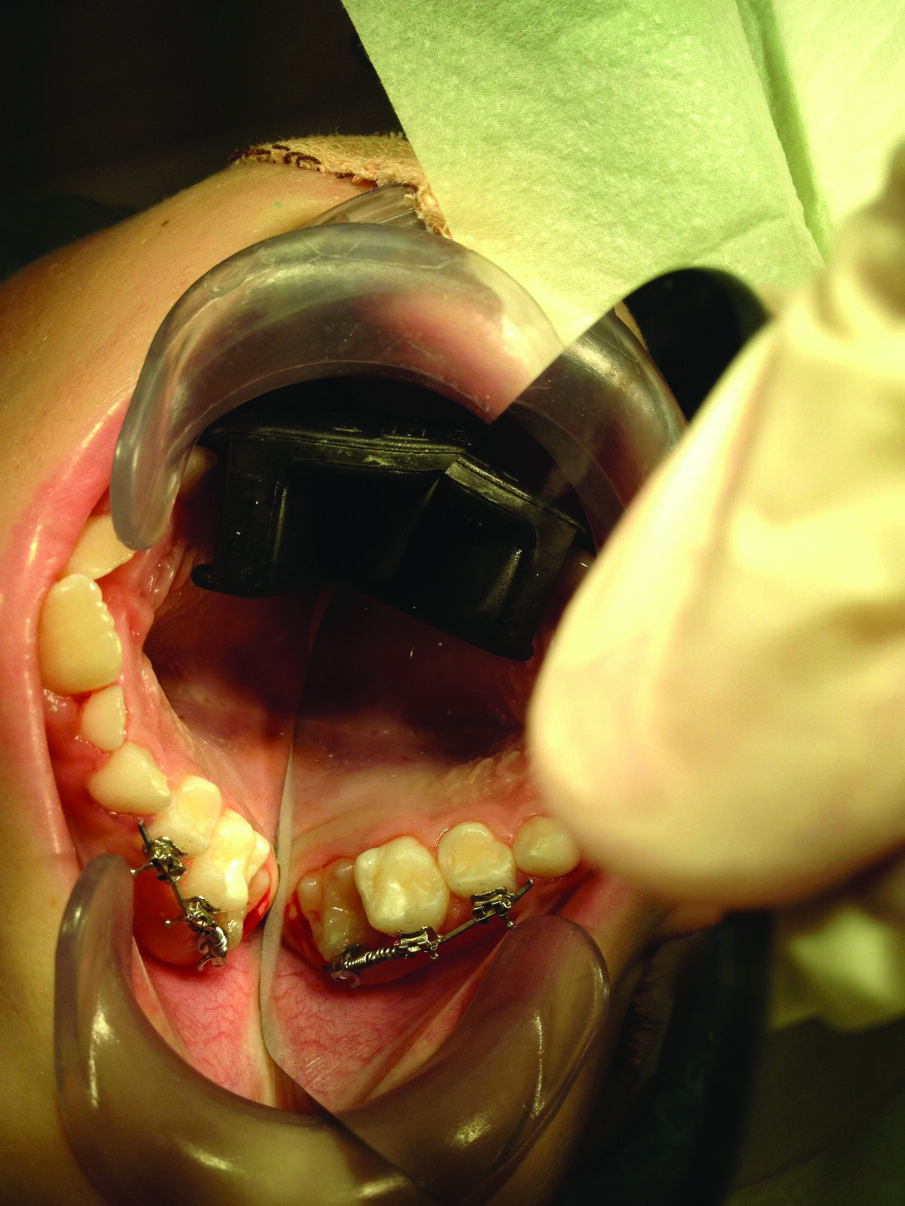
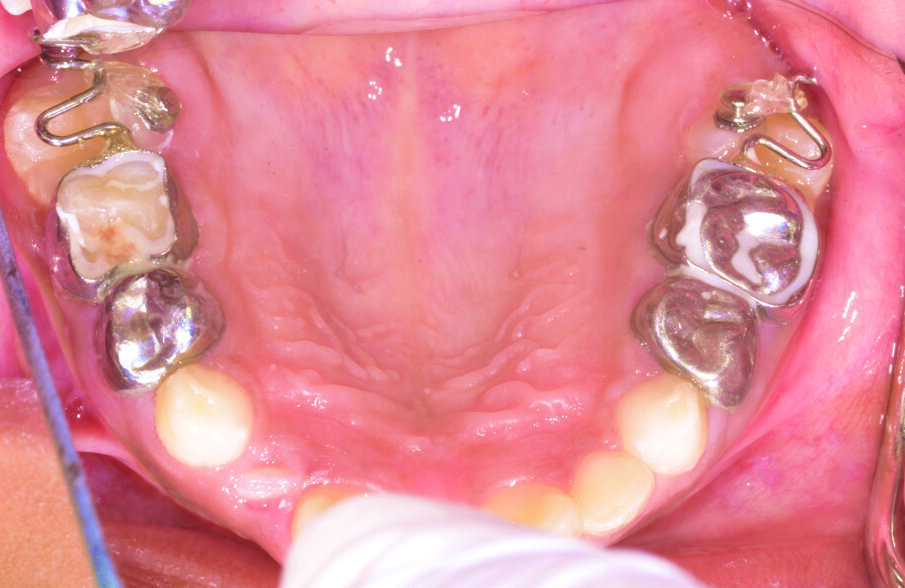
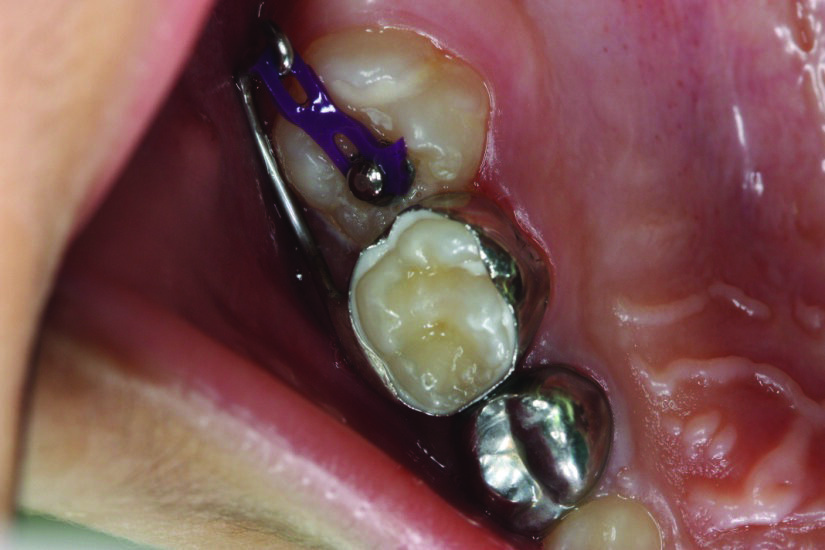
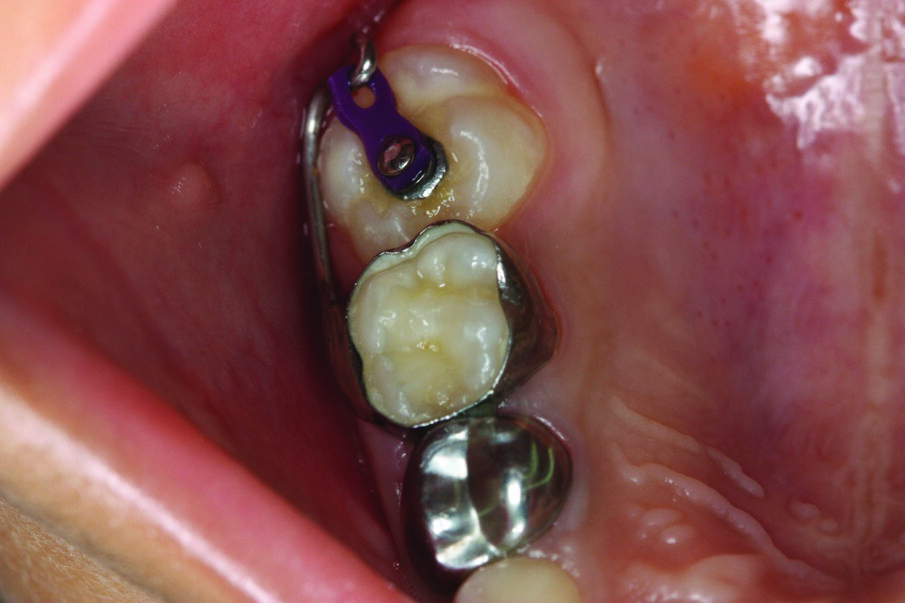
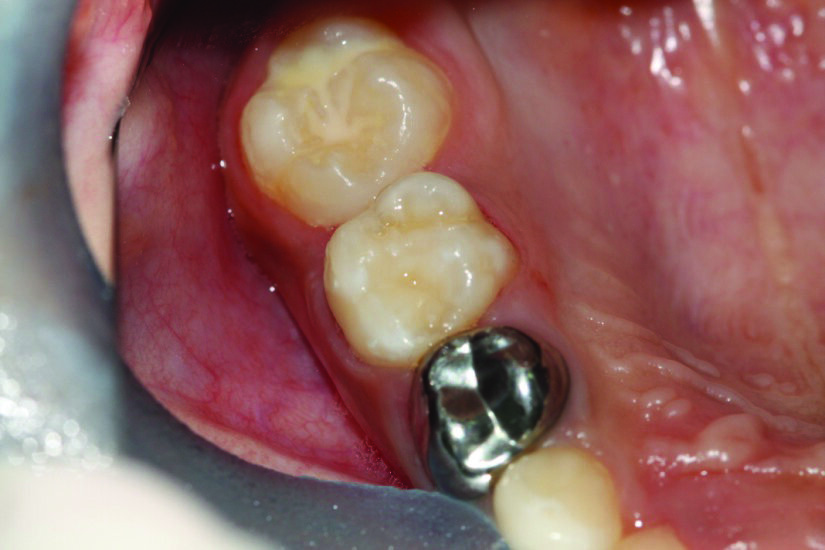
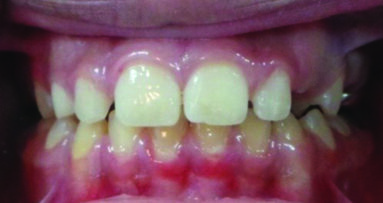
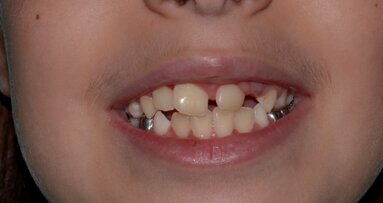
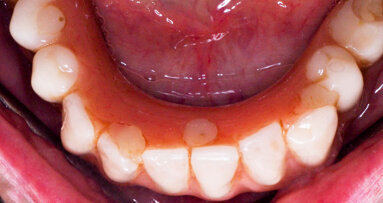
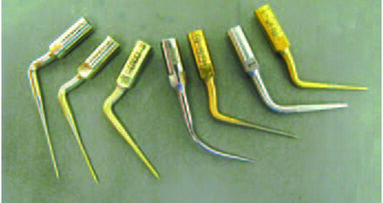
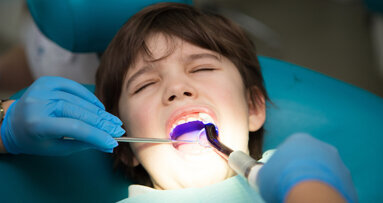
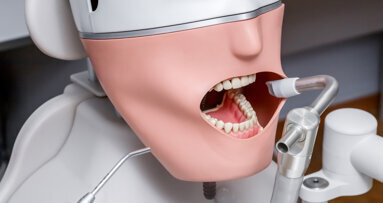
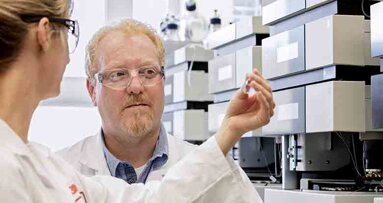

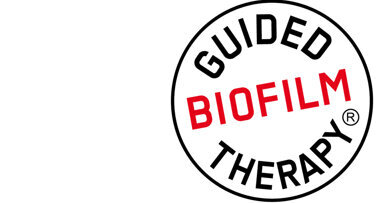
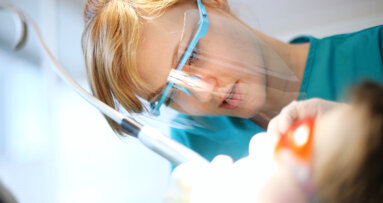

















To post a reply please login or register